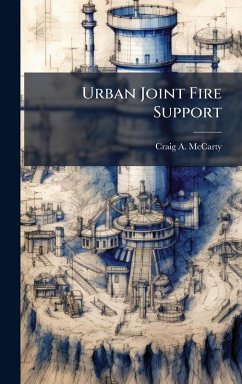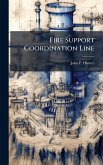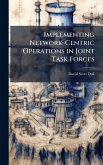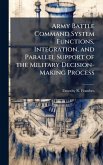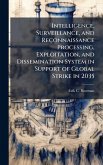While both air and ground based fire support have proven themselves to be an invaluable and overwhelmingly lethal force in conventional combat, they have struggled to deal with the extreme complexity, density, and constraints of the Urban Operational Environment (UOE). However, it is in this area that precision munitions have proved their worth. The United States (US) Air Force's focus on precision munitions since the late 1960s has kept it a step ahead of the Army; however, the US Army has recently taken huge steps in the field of precision munitions and is in the midst of its own precision munitions revolution surrounding its Field Artillery (FA) capabilities. The integration of these newly fielded capabilities into the joint fight will strengthen US military capability, but will also pose a challenge to commanders, planners, and fire support coordinators to choose the right weapon for the right job. This thesis looks at a focused field of applicable Air Force and Army precision munitions, highlighting the advantages and disadvantages they have in urban combat. It researches the capabilities of each of the systems as they apply to urban operations with the intent of providing considerations to aid in employment. This work has been selected by scholars as being culturally important, and is part of the knowledge base of civilization as we know it. This work was reproduced from the original artifact, and remains as true to the original work as possible. Therefore, you will see the original copyright references, library stamps (as most of these works have been housed in our most important libraries around the world), and other notations in the work. This work is in the public domain in the United States of America, and possibly other nations. Within the United States, you may freely copy and distribute this work, as no entity (individual or corporate) has a copyright on the body of the work. As a reproduction of a historical artifact, this work may contain missing or blurred pages, poor pictures, errant marks, etc. Scholars believe, and we concur, that this work is important enough to be preserved, reproduced, and made generally available to the public. We appreciate your support of the preservation process, and thank you for being an important part of keeping this knowledge alive and relevant.
Bitte wählen Sie Ihr Anliegen aus.
Rechnungen
Retourenschein anfordern
Bestellstatus
Storno

